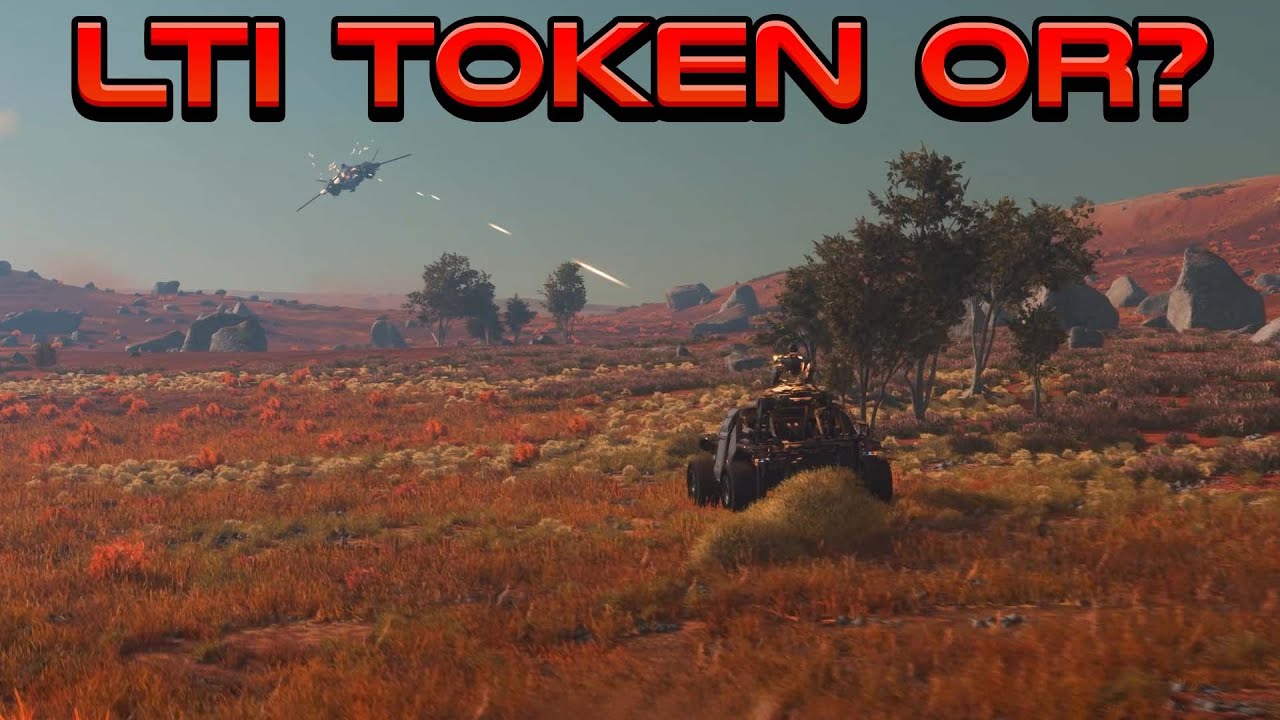The Greycat MDC is a versatile mobile defense center in Star Citizen, featuring a swappable Point Defense Turret that provides active and passive protection against threats, making it ideal for battlefield defense and events like Jumptown. Building on the MTC’s design, the MDC combines modular military aesthetics with functional interior design, enhancing utility and protection for players in various ground operations.
Earlier this year at Invictus, the Greycat MTC was introduced as the first in a new family of ground vehicles from Greycat. The MTC is a versatile, utilitarian rover designed for two players to explore the battlefield, carry storage for supplies, and transport mission boxes. Its all-purpose design allows it to fulfill a majority of ground vehicle roles, making it a reliable choice for various ground operations in Star Citizen.
Building on the MTC’s foundation, the Greycat MDC was introduced as a mobile defense center, designed to provide enhanced protection and support on the battlefield. The standout feature of the MDC is its Point Defense Turret (PDT), which is a ballistic gatling variant with finite ammo, offering higher alpha damage that is effective against both shields and armor. This PDT is swappable, allowing players to choose between missile, gatling, and laser variants, with missile and laser options available in-game as of patch 4.4.
Driving the MDC shares many similarities with the MTC, including handling and the ability to be transported by the same vehicles. The PDT automatically engages threats such as incoming ordinance and enemy ships, providing both active defense while driving and passive defense when the vehicle is parked. This makes the MDC particularly useful for base defense or protecting players in vulnerable situations like the Jumptown event, where players often face attacks from hostile ships.
The MDC’s design strikes a balance between utilitarian and minimalistic aesthetics, with a chassis that supports modularity and interchangeability of parts, reflecting military design principles. The turret platform is robust and elevates the PDT for better visibility and coverage. Inside, the vehicle features a clean, functional interior inspired by teenage engineering design, with easy access to components and weapon racks, allowing players to quickly arm themselves and get back into action.
Overall, the MDC adds a significant layer of utility and protection to the Greycat ground vehicle family. It is well-suited for events and scenarios where defense is critical, such as Jumptown or day rallies. The vehicle’s modularity, ease of use, and defensive capabilities make it a valuable asset for players seeking to safeguard themselves and their teams, and it sets the stage for future expansions in the Greycat ground vehicle lineup.
salt-e-mike reacts:
The video explores the Greycat MDC, a new versatile ground vehicle in Star Citizen featuring a powerful ballistic gatling point defense turret designed for enhanced combat and base defense, while highlighting its modular design and gameplay integration. It also critiques the game’s monetization approach, particularly the limited in-game availability of certain turret variants, reflecting broader concerns about balancing player progression and real-money purchases.
The video discusses the introduction of the Greycat MDC, a new ground vehicle in Star Citizen designed as a mobile defense center. It builds upon the existing Greycat MTC, which is a utilitarian rover for general purposes. The MDC is intended to provide ground support with enhanced protection and features a new ballistic gatling point defense turret (PDT) that has finite ammo but increased damage, making it effective against shields and armor. The turret is swappable with missile and laser variants, which are available in-game, marking a positive step towards integrating new weapon systems directly into gameplay rather than just through external purchases.
The MDC is designed to be versatile and useful in combat situations, particularly in events like Jumptown where players are vulnerable to attacks while boarding ships. Its PDT can automatically engage threats, including incoming ordinance and ships, and can function as a base defense mechanism when parked and left unattended. The vehicle’s handling is similar to the MTC, capable of navigating difficult terrain, although the current driving mechanics are still being refined. The design balances utilitarian and minimalistic aesthetics, with an interior focused on functionality, including easy access to weapons and controls.
A major point of discussion is the decision to mount the defense turret on a vehicle rather than making it a deployable object. The video expresses some frustration with this choice, suggesting that deployable defense systems might be more practical and less tied to vehicle ownership. However, it acknowledges that ground vehicles are harder to target than ships, which justifies the design from a gameplay perspective. The video also touches on the company’s focus on interchangeable parts and modular design, reflecting a military-inspired approach to vehicle development.
There is skepticism about the marketing and sales strategy, particularly regarding the availability of the ballistic PDT variant only through vehicle purchase, while missile and laser variants are available in-game. This raises concerns about the balance between in-game progression and real-money purchases, with the video criticizing the ongoing trend of monetizing gameplay advantages. The mention of a future crafting vehicle variant adds to the curiosity but also the confusion about the direction of ground vehicle roles and their integration into the broader gameplay systems like base building and crafting.
Overall, the video presents the Greycat MDC as a promising and potentially very effective ground vehicle that could enhance combat and defense gameplay in Star Citizen. However, it also highlights ongoing issues with game design philosophy, monetization, and the balance between player convenience and fair play. The commentary reflects both excitement about new content and frustration with how the game’s development and monetization strategies impact the player experience.

